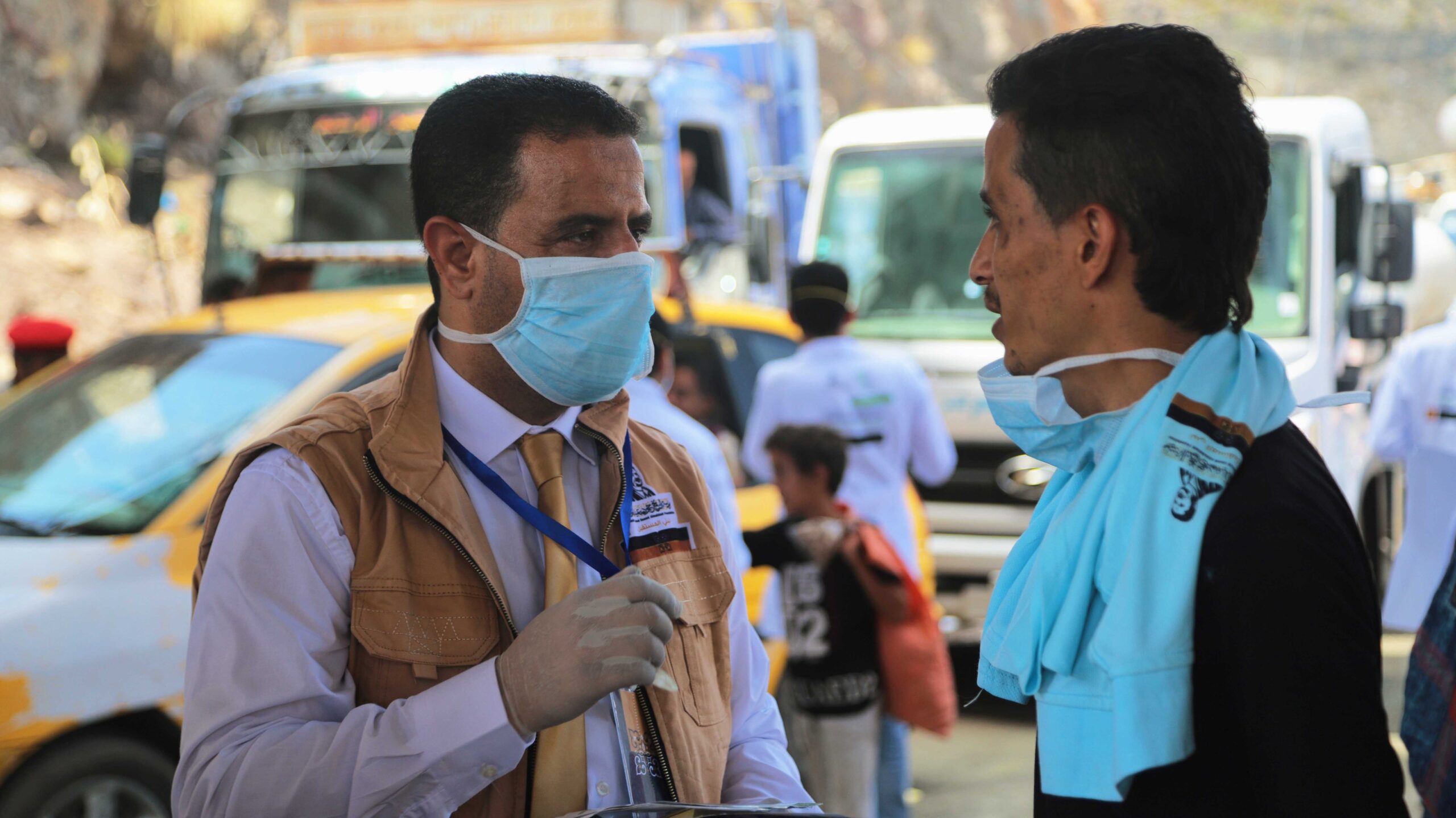For years Yemen has been plagued by civil war, starvation, and disease. With the new threat of coronavirus rapidly spreading across the country, how will Yemen’s healthcare system cope under this new pressure? Many, including a recent report by the BBC, have labelled the system as already being in a virtual ‘state of collapse’. Jens Laerke, a representative for the UN Office for the Co-ordination of Humanitarian Affairs (OCHA), called the condition of the health system ‘extremely alarming’. Not only are the hospitals ill-equipped – with a severe lack of protective kit and disinfectants for staff – but doctors are being forced to turn patients away. Even in the capital of Sana’a, in a hospital deemed to be the best equipped to deal with the coronavirus pandemic, only 16 beds are available in the intensive care unit (ICU). Coupled with only 200 ventilators across the country, how can this possibly serve a population of nearly 30 million? Comparing these figures to the United Kingdom – a country with a population of just over 66 million and 8,000 ventilators at the start of the COVID-19 outbreak – a severe lack of essential life-saving machines becomes apparent.
Even before the panic that coronavirus has caused, the country’s healthcare system had been damaged by years of civil war. Dr Mahdi, a doctor in the district of Aslam in north-west Yemen, sees hundreds of malnourished children, and their families, each week who are dependent upon aid. In her district alone, she estimates that over 7,000 children suffer from severe malnutrition, with inadequate access to food and water. Many also suffer from preventable diseases, such as cholera, diphtheria, and measles. In the context of coronavirus, these children – and their families – have a higher risk of contracting, and being severely affected by, the disease. The World Health Organisation (WHO) stated that coronavirus has the potential to affect 16 million people – making up over 50% of Yemen’s population. The fragile healthcare system, with a lack of medical supplies and modern technology, can only provide short-term solutions and is in no way prepared for a mass outbreak across the country. Some clinics even lack basic necessities, such as electricity, and have to make the impossible decision of choosing between buying essential medical supplies or fuel to power the generators. The lack of functioning healthcare facilities is particularly highlighted in the UN OCHA’s figures, which report that approximately 19.7 million people in Yemen require access to even basic healthcare. Of the healthcare facilities available, only 51% are fully functioning.
The situation is even worst in rural areas, where medical practitioners and healthcare centres are scarce. With over 60% of the population living in rural areas, as of 2018, many people in Yemen do not have access to the health amenities that we take for granted. For example, in 2014, the United Kingdom had over 5 times as many physicians per 1,000 of the population than Yemen. The emergency ambulance and other services, including a readily available blood bank, are also virtually ‘non-existent’. One necessity particularly essential to stopping the spread of coronavirus – clean water – is also in increasingly short supply. In a world where we have easy access to hand sanitiser and other disinfectant products, many people in Yemen do not have running water and sanitary conditions in which to wash their hands. For the spreading virus, this lack of clean water means a crucial step in breaking the infectious cycle of the disease cannot be met.
Whilst the extent of the coronavirus outbreak in Yemen is unknown, with an underreporting of both cases and deaths, what is known is the fragile state that the healthcare system is in. Even before the coronavirus pandemic metastasized across the world and the country, much of the system was underfunded and severely under equipped with even the basic medicines, machinery, and resources. With the coronavirus pandemic comes many new problems and issues, as hospitals reach their capacity and ability to cope with the spreading disease.
[1] https://reliefweb.int/report/yemen/yemen-s-healthcare-system-brink-collapsehttps://www.bbc.co.uk/news/world-middle-east-52769919
[2] https://www.icrc.org/en/where-we-work/middle-east/yemen/health-crisis-yemen#:~:text=crisis%20in%20Yemen-,Health%20crisis%20in%20Yemen,to%20drinking%20water%20and%20sanitation.
[3] https://www.who.int/emergencies/crises/yem/en/
https://www.nationalgeographic.com/magazine/2018/08/dispatches-yemen-health-crisis/
[4] https://www.statista.com/statistics/455962/urbanization-in-yemen/#:~:text=Urbanization%20means%20the%20share%20of,in%20urban%20areas%20and%20cities.
[5] https://commonslibrary.parliament.uk/research-briefings/cbp-8904/https://data.worldbank.org/indicator/SH.MED.PHYS.ZS

















